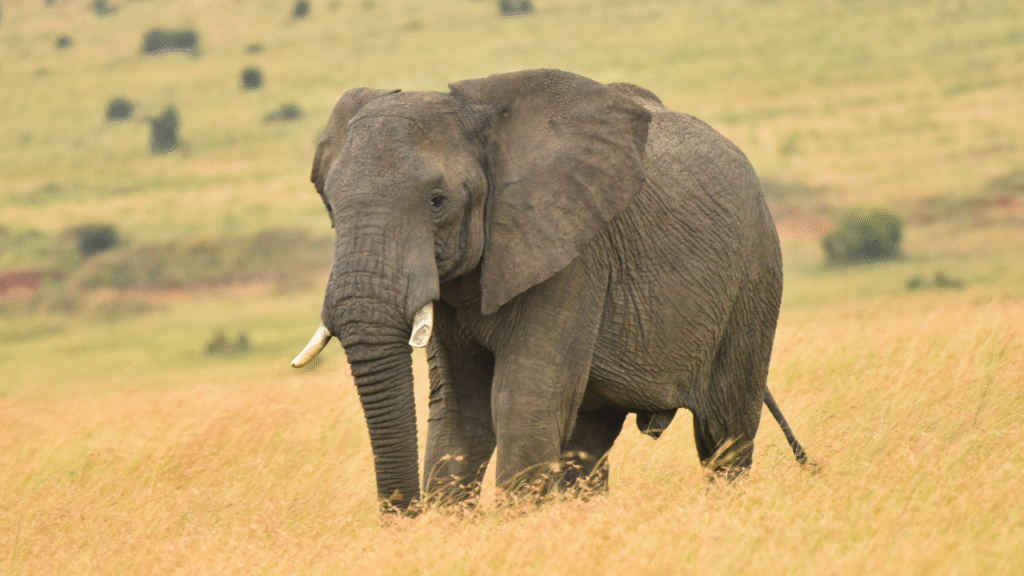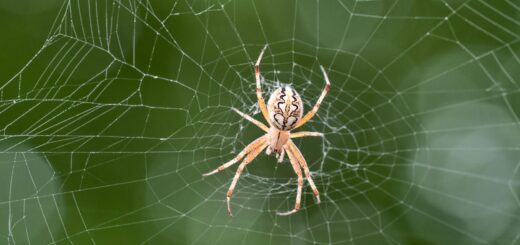Elephants vs Climate Change: How They Help and How They’re Hurt
Climate change is reshaping ecosystems across the globe, and elephants—Earth’s largest land mammals—are both victims and unsung heroes in this environmental battle. From helping forests grow to suffering from disappearing water sources, elephants play a vital role in climate dynamics while struggling to survive its harsh consequences.

How Elephants Help Combat Climate Change
1. Natural Ecosystem Engineers
Elephants are known as “ecosystem engineers” because their feeding habits reshape entire landscapes. When they knock down trees or uproot plants, it creates clearings that encourage new vegetation to grow. These actions promote plant diversity and stimulate forest regeneration, which in turn helps forests absorb more carbon from the atmosphere.
2. Carbon Cycling and Storage
In tropical forests, especially in Africa, elephants disperse seeds of large, carbon-dense trees over long distances. These trees are more effective at carbon sequestration than smaller vegetation. Without elephants, these trees may fail to regenerate, reducing the forest’s ability to store carbon long-term.
3. Maintaining Water Sources
During dry seasons, elephants dig holes in dry riverbeds to access underground water. This not only helps them but also creates access to water for many other species. These actions maintain micro-ecosystems that support biodiversity resilience—a key factor in ecological climate adaptation.
How Elephants Are Being Hurt by Climate Change
1. Shrinking Habitats and Migration Routes
Rising temperatures and shifting rainfall patterns are changing elephant habitats. Droughts dry up watering holes, while fertile grazing lands turn barren. This forces elephants to migrate farther—often into human settlements—leading to increased human-elephant conflict and fatalities on both sides.
2. Food and Water Scarcity
With less rainfall and more erratic seasons, many elephant populations struggle to find enough food and water. Elephants require up to 150 kilograms of food and 100 liters of water per day. Climate-driven shortages are contributing to malnutrition, dehydration, and declining reproduction rates.
3. Increased Disease Risks
As climates warm, parasites and pathogens spread into new regions. Elephants, especially young calves, face increasing threats from diseases they’re not adapted to resist. Weakened immune systems due to poor nutrition only make this worse.
Conservation Efforts: Turning the Tide
- Restoration of migratory corridors is essential to allow elephants to move safely between habitats as climate conditions shift.
- Anti-poaching efforts must intensify, especially as stressed ecosystems make elephants more vulnerable.
- Community-based conservation programs help reduce human-elephant conflict by involving local populations in protecting both wildlife and natural resources.
The Bigger Picture
Elephants are more than just wildlife icons. They’re climate warriors, unknowingly protecting forests, preserving biodiversity, and maintaining the health of ecosystems. But the very crisis they help to combat—climate change—is also driving them closer to extinction.
To protect elephants is to protect the planet. Every action toward conservation is a step toward climate resilience for all species, including us.








